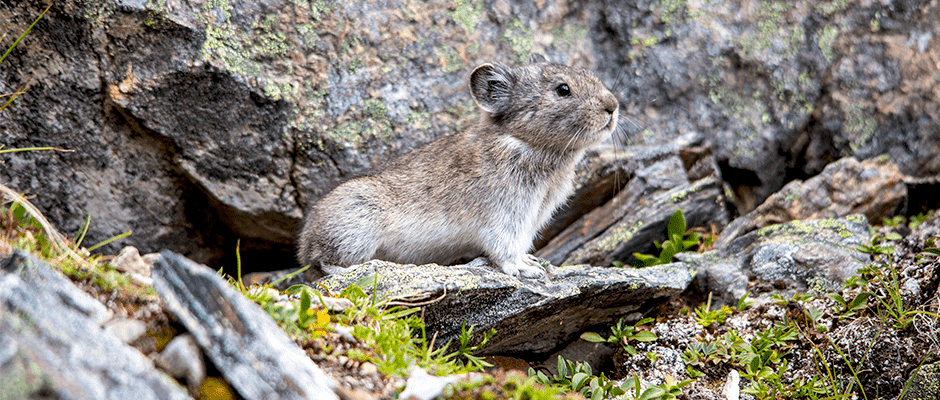Share this article
Canada works to strengthen Species at Risk Act
Environment and Climate Change Canada (ECCC) has begun a review of the current Species at Risk Act (SARA) with hopes to strengthen the legislation for effective protections and recovery of species.
SARA – which passed into law in 2002 – has similar goals to the United States’ Endangered Species Act. The purpose of the Act is to prevent species from going extinct, provide for the recovery of at risk species, and manage for species to prevent them from reaching threatened or endangered status. Species are listed under SARA by the federal cabinet following assessments by the Committee on the Status of Endangered Wildlife in Canada (COSEWIC). ECCC has released proposed updates for public consultation to cover some of the areas that need improvement in the Act and the Minister of ECCC is pushing for a renewed commitment to protecting at-risk species.
Some of the goals set for this review process include making a clear distinction between “survival” versus “recovery” (both previously undefined in the Act), enhancing the listing process, and setting “explicit standards of evidence” for protecting critical habitat with conservation agreements.
The proposed Policy on Survival and Recovery explains and defines the terms “survival” and recovery” and provides guidance for ensuring population and distribution objectives in recovery strategies are consistent with the purposes of SARA. Full recovery would be defined as “a return to a state in which the population and distribution characteristics and the risk of extinction are all within the normal range of variability for the species.” Then the definition for survival would be “the achievement of a stable (or increasing) state where a species exists in the wild in Canada and is not at significant risk of extirpation or extinction as a direct or indirect result of human activity.” The draft describes recovery as a range of potential outcomes rather than a single value, with a best achievable scenario and a minimum recovery threshold.
Updates for listing species have also been proposed, specifically related to terrestrial species – which includes birds not covered by the Migratory Birds Convention Act, mammals, reptiles, amphibians, terrestrial molluscs, plants, and insects. The draft outlines prescribed steps to carry out the listing process starting with Minister’s recommendations to the Governor in Council who should then make a decision within nine months to either list or not list the species or refer the species back to COSEWIC for further information and consideration.
There is currently a backlog of species eligible for status amendments, like the collared pika (Ochotona collaris), bobolink (Dolichonyx oryzivorus), and western tiger salamander (Ambystoma mavortium). Assessments for some of these species were submitted as early as 2005, but the draft proposal doesn’t specifically address a fix for the delay in the listing process. Parliament’s Standing Joint Committee for the Scrutiny for Regulations described the delay in the listing process as a gap contrary to the intention of the Act.
Section 11 of SARA enables the Minister to enter into a conservation agreement to benefit an at-risk species or enhance species survival. The proposed policy requires for critical habitat agreements under section 11 to state the conservation measures necessary for protection and include provisions to assure the stated measures will be carried out. Under this policy, conservation measures will not be recognized if the “best-available information indicates that undertaking them will result in a higher than low level of risk that the critical habitat will be destroyed.”
The draft Species at Risk Policies are available for public review and comment through Mar. 31.
Header Image: ©National Park Service, Alaska Region








